$ (document).ready(function() { SampleGalleryV2({“containerId”:”embeddedSampleGallery_4686843819″,”galleryId”:”4686843819″,”isEmbeddedWidget”:true,”selectedImageIndex”:0,”isMobile”:false}) });
Canon has introduced the EOS Rebel SL3, its smallest and lightest DSLR ever. It uses the same 24MP APS-C CMOS sensor as its SL2 predecessor but adds a DIGIC 8 processor, eye-detection when using Dual Pixel AF, improved battery life and 4K video capture with a substantial crop.
The SL3 manages to shave a little of the SL2’s size and weight, making it a very trim 15.84oz / 450g. The camera’s most notable upgrade is its new DIGIC 8 processor, and it maintains the SL2’s fully articulated 3″ 1.04M-dot touchscreen, 5 fps burst shooting rate and Wi-Fi capability. The SL3 does boast significantly better battery life than its predecessor; a very healthy 1,070 shots per charge compared to the SL2’s 650-shot rating.
The SL3 seemingly improves on the SL2’s 1080p video spec with 4K/24p recording, but this is unfortunately accompanied by a heavy crop like the one we saw on its M50 mirrorless sibling. Dual Pixel autofocus is also unavailable when shooting 4K video.
The Canon EOS Rebel SL3 will be available at the end of this month in either black or white color options for $ 600 body-only or $ 750 with 18-55mm F4-5.6 IS STM lens included.
LIGHT IN WEIGHT, HEAVY IN FEATURES: INTRODUCING THE EOS REBEL SL3 COMPACT DIGITAL SLR CAMERA
Empowering Users with an Easy Way to Express Themselves, the New Camera Delivers Stunning Photos and 4K Videos in a Lightweight Body
MELVILLE, N.Y., April 10, 2019 – Combining ease-of-use with high-image quality, Canon U.S.A., Inc., a leader in digital imaging solutions, today unveiled the EOS Rebel SL3 DSLR camera, the smallest and lightest product within the current EOS lineup. Weighing just 15.84 oz1, the EOS Rebel SL3 offers users a compact system delivering high-resolution images – complete with an APS-C imaging sensor, DIGIC 8 Image Processor and 3.0-inch vari-angle LCD touchscreen as well as 4K video, a first for the EOS Rebel lineup. Compatible with Canon’s full line of interchangeable EF and EF-S lenses, along with the ability to instantly send images to compatible smartphones through Auto Image Transfer via Wi-Fi® connectivity2, the EOS Rebel SL3 is the tool needed to empower aspiring photographers to capture gorgeous shots quickly and easily.
“Since its inception, the EOS Rebel product line has aimed to provide imaging excellence for entry-level visual storytellers,” said Kazuto Ogawa, president and chief operating officer, Canon U.S.A., Inc. “Therefore, it was imperative that the next step in the EOS Rebel journey include innovative features such as 4K video and DIGIC 8 Image Processor to meet the needs of emerging photographers, while living up to the high-image quality and compact size EOS Rebel DSLRs are known for.”
The EOS Rebel SL3 carries a powerful 24.1 Megapixel CMOS (APS-C) sensor, enabling users to snap photos and express themselves across a multitude of settings – whether it be a beautiful night scene, stunning family-vacation destination or a picturesque landscape. The camera is equipped with Canon’s DIGIC 8 processor – first introduced in the EOS M50 and later built into the revolutionary EOS R full-frame mirrorless system. DIGIC 8 helps improve autofocus performance and allows for the processing of 4K video and 4K time-lapse movies – helping budding videographers record scenes such as the colorful evening skyline in brilliant detail.
The EOS Rebel SL3 features autofocus (AF) capabilities, delivering nine AF points across the optical viewfinder. This includes a new Spot AF which allows users to focus on a precise area within the subject. The EOS Rebel SL3 is the first DSLR in the Canon EOS line to feature Dual Pixel CMOS AF3 with Eye Detection AF in Live View shooting mode. With its optical viewfinder and Live View LCD monitor, photographers can enjoy two different ways of shooting and customize their experience based on the scene. The system is also the first Canon EOS SLR to incorporate a Smooth Skin setting, which can help render skin tones as well as Creative Assist – an interface by which users can check and seamlessly change shooting conditions in Live View4– such as white balance or brightness – in real time.
Additional key features of the EOS Rebel SL3 camera include:
- Feature Assistant that guides and offers tips for more effective shooting
- Continuous shooting mode up to 5.0 fps
- Digital Lens Optimizer that corrects optical shifting automatically, even without a computer5
The EOS Rebel SL3 will be available toward the end of April for purchase in black and white color options for an estimated retail price of $ 599.99, for the body only and $ 749.99 for the body with a EF-S 18-55 f/4-5.6 IS STM lens*. For more information, please visit usa.canon.com.
1 Includes battery and SD memory card (confirms with CIPA standards).1 Includes battery and SD memory card (confirms with CIPA standards).
2 Compatible with select smartphone and tablet devices (Android™ version 5.0 or later and the following iOS® devices: iPhone 4s or later, iPad 3rd gen. or later, iPod Touch 5th gen. or later) equipped with Bluetooth® version 4.0 or later and the Camera Connect app.
3 Based on results of AF speed tests in accordance with CIPA guidelines. Results may vary depending on shooting conditions and lens in use. Relies on internal measurement method. • Shutter speed: 1/500 or more• Lens used: EF 50 mm f/1.8 STM• Aperture: within three steps of maximum aperture• Using a fully charged battery pack LP-E17, at 23?C
4 Available AF points may decrease when shooting with AF cropping or in movie mode, or depending on camera settings or lens attached.
5 Up to three lenses can be registered at once within the camera.
*Availability, prices and specifications are subject to change without notice. Actual prices are set by individual dealers and may vary.
Canon EOS Rebel SL3 specifications
| Price | |
|---|---|
| MSRP | $ 599 (body only), $ 749 (w/18-55mm F4-5.6 lens) |
| Body type | |
| Body type | Compact SLR |
| Body material | Composite |
| Sensor | |
| Max resolution | 6000 x 4000 |
| Image ratio w:h | 1:1, 4:3, 3:2, 16:9 |
| Effective pixels | 24 megapixels |
| Sensor photo detectors | 26 megapixels |
| Sensor size | APS-C (22.3 x 14.9 mm) |
| Sensor type | CMOS |
| Processor | DIGIC 8 |
| Color space | sRGB, Adobe RGB |
| Color filter array | Primary color filter |
| Image | |
| ISO | Auto, 100-25600 (expands to 51200) |
| Boosted ISO (maximum) | 51200 |
| White balance presets | 6 |
| Custom white balance | Yes |
| Image stabilization | No |
| Uncompressed format | RAW |
| JPEG quality levels | Fine, normal |
| File format |
|
| Optics & Focus | |
| Autofocus |
|
| Autofocus assist lamp | Yes |
| Manual focus | Yes |
| Number of focus points | 3975 |
| Lens mount | Canon EF/EF-S |
| Focal length multiplier | 1.6× |
| Screen / viewfinder | |
| Articulated LCD | Fully articulated |
| Screen size | 3″ |
| Screen dots | 1,040,000 |
| Touch screen | Yes |
| Screen type | TFT LCD |
| Live view | Yes |
| Viewfinder type | Optical (pentamirror) |
| Viewfinder coverage | 95% |
| Viewfinder magnification | 0.87× (0.54× 35mm equiv.) |
| Photography features | |
| Minimum shutter speed | 30 sec |
| Maximum shutter speed | 1/4000 sec |
| Exposure modes |
|
| Scene modes |
|
| Built-in flash | Yes |
| External flash | Yes (via hot shoe) |
| Flash X sync speed | 1/200 sec |
| Drive modes |
|
| Continuous drive | 5.0 fps |
| Self-timer | Yes (2 or 10 secs) |
| Metering modes |
|
| Exposure compensation | ±5 (at 1/3 EV, 1/2 EV steps) |
| AE Bracketing | ±3 (3 frames at 1/3 EV, 1/2 EV steps) |
| Videography features | |
| Format | MPEG-4, H.264 |
| Modes |
|
| Microphone | Stereo |
| Speaker | Mono |
| Storage | |
| Storage types | SD/SDHC/SDXC (UHS-I compatible) |
| Connectivity | |
| USB | USB 2.0 (480 Mbit/sec) |
| HDMI | Yes (Mini-HDMI) |
| Microphone port | Yes |
| Headphone port | No |
| Wireless | Built-In |
| Wireless notes | 802.11b/g/n + Bluetooth |
| Remote control | Yes (via wired or wireless remote or smartphone) |
| Physical | |
| Environmentally sealed | No |
| Battery | Battery Pack |
| Battery description | LP-E17 lithium-ion battery & charger |
| Battery Life (CIPA) | 1070 |
| Weight (inc. batteries) | 449 g (0.99 lb / 15.84 oz) |
| Dimensions | 122 x 93 x 70 mm (4.8 x 3.66 x 2.76″) |
| Other features | |
| Orientation sensor | Yes |
| Timelapse recording | Yes (videos only) |
| GPS | None |
Articles: Digital Photography Review (dpreview.com)
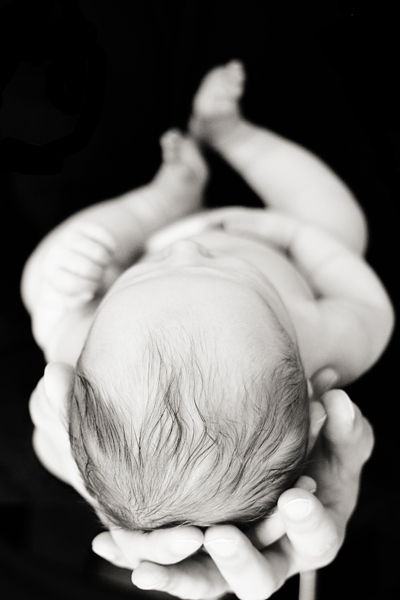 Growing up, the first letter of my last name was towards the end of the alphabet, which meant that I was one of the last kids who got to choose my electives in high school. It was for this reason that I ended up with strange electives such as Physics, Advanced Placement Composition, Metal Shop, and eventually Black and White Photography. I was less than thrilled about taking Photography – I had SATs to take, colleges to get in to, and certainly did not have time for a photography class taught by the Psychology teacher who was notorious for making kids walking around campus with their hands in the shape of a rectangle, “visualizing” the shot. Despite my best efforts, somewhere between the enlarger and placing my paper in the developer for the first time, I fell in love.
Growing up, the first letter of my last name was towards the end of the alphabet, which meant that I was one of the last kids who got to choose my electives in high school. It was for this reason that I ended up with strange electives such as Physics, Advanced Placement Composition, Metal Shop, and eventually Black and White Photography. I was less than thrilled about taking Photography – I had SATs to take, colleges to get in to, and certainly did not have time for a photography class taught by the Psychology teacher who was notorious for making kids walking around campus with their hands in the shape of a rectangle, “visualizing” the shot. Despite my best efforts, somewhere between the enlarger and placing my paper in the developer for the first time, I fell in love.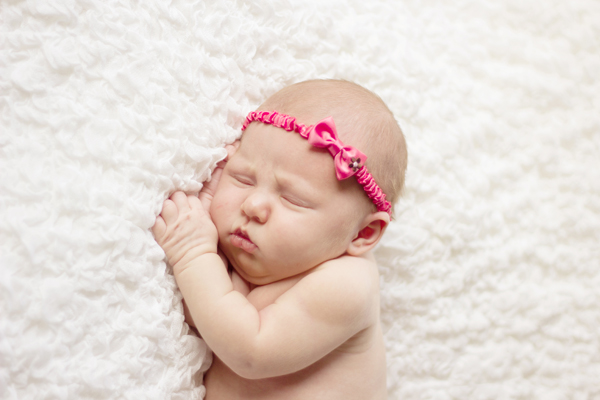

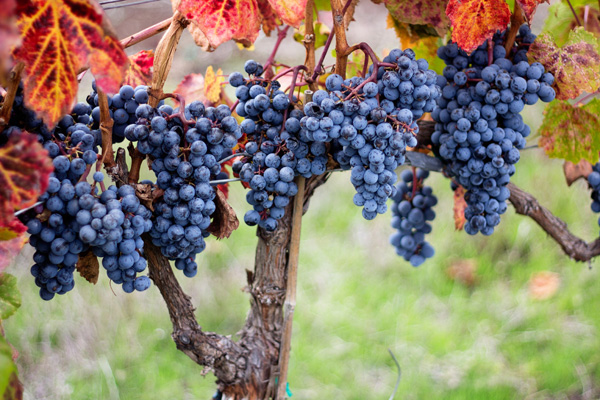
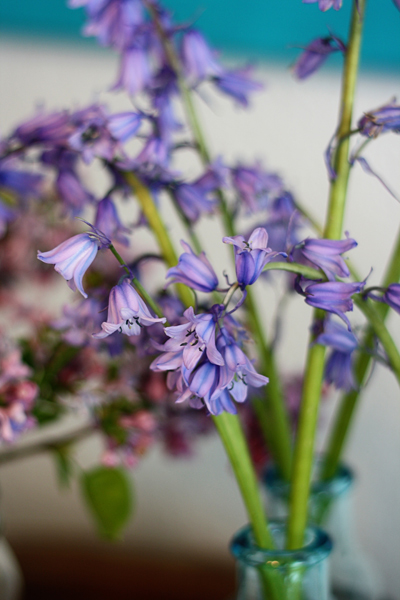
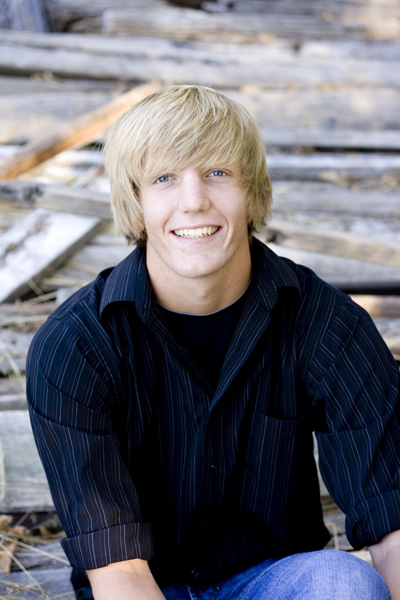
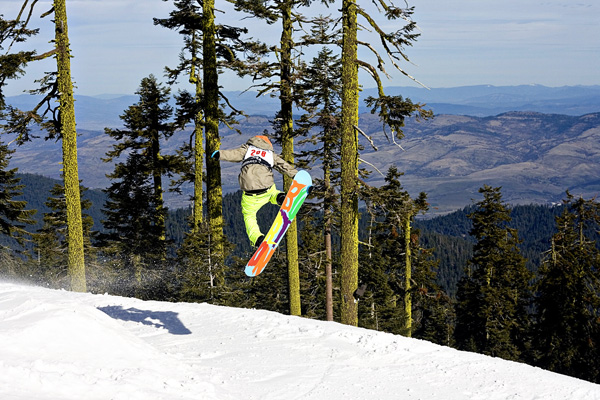
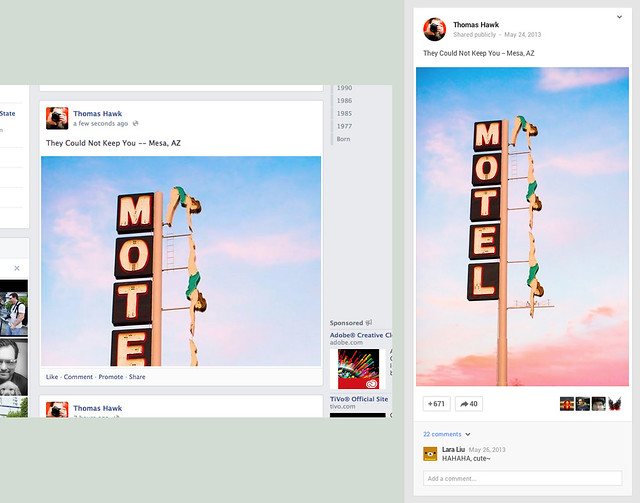
You must be logged in to post a comment.